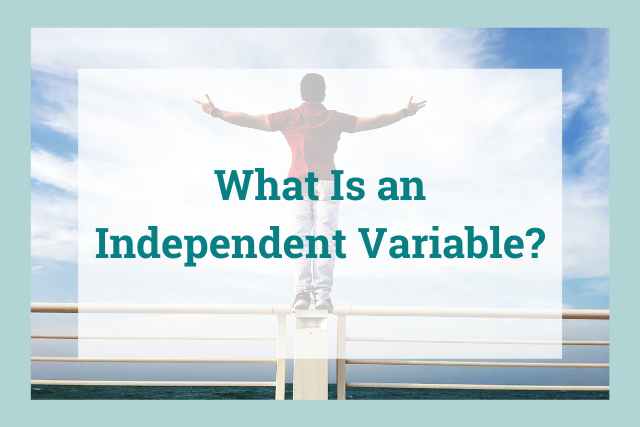
If you’ve ever done science or math—which you likely have, since they’re pretty much mandatory—then you’re already familiar with the concept of variables as things that change.
You might also remember that there are different kinds of variables. Here, we’ll focus on one type: the independent variable. We’ll also take a look at dependent variables, since each type is defined by its relationship to the other.
What Are Variables?
In experiments, variables are factors that can change or can be changed. Variables can be manipulated, measured, or controlled for.
For example, an experiment testing bubble gum elasticity might use one known variable, bubble gum brands, and then measure the resulting variable, bubble size, to determine the result.
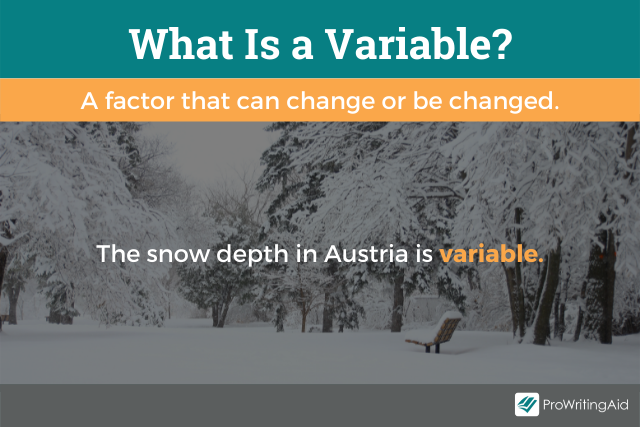
Experiments can measure quantities, feelings, actions / reactions, or something in just about any other category.
Independent and Dependent Variables
Independent and dependent variables are the two main types of variables found in experiments. The names of each variable provide helpful clues regarding their respective roles.
To fully understand what an independent variable is and does, you need to understand what a dependent variable is and does, too.
Dependent Variables
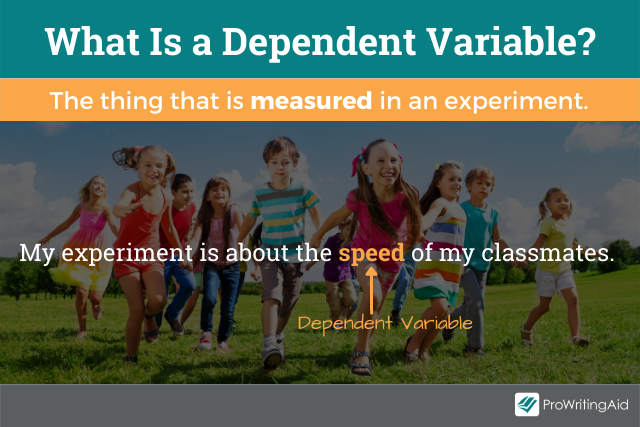
The dependent variable is what is measured in an experiment or study.
Changes in the dependent variable occur as a result of the influence of the independent variable, but what those changes will be are unknown to the researchers at the start of the study. That’s why they’re experimenting! The researchers want to see what those changes will be.
The dependent variable responds to the independent variable—changes in the dependent variable depend on the influence of the independent variable. See how the name identifies the dependent variable’s role?
Independent Variables

The independent variable stands alone. It is not affected or changed by any other variables. That’s why it’s called independent. If the value of an independent variable is changed, that change happens under the researcher’s control—it doesn’t happen because of other variables.
The independent variable is determined by the researcher. Its value is known to the researcher, unlike the dependent variable whose values are yet to be determined through the experiment.
The independent variable is the reason a change occurs in the dependent variable. That change is measured and recorded by the experimenter.
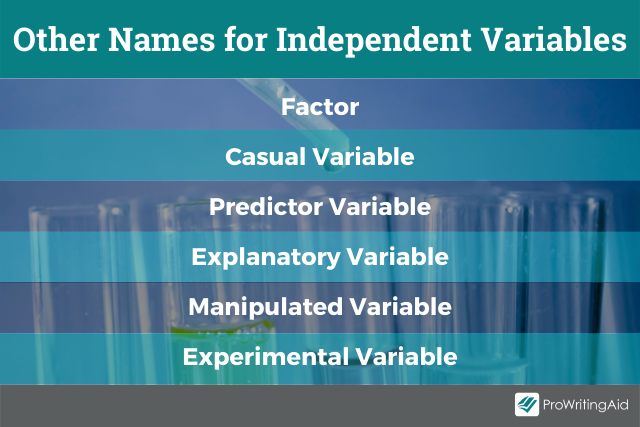
Other names for independent variable:
- Manipulated variable
- Causal variable
- Explanatory variable
- Predictor variable
- Factor
- Experimental variable
A Quick Test! Check Your Understanding
Let’s test your initial understanding of variables.
Question 1: In the experiment to find out whether bubble gum brands produce different sized bubbles, what is the independent variable?
Question 2: In an experiment to determine which of your favorite breakfast cereals stays crispy in milk the longest, what is the independent variable?
Remember—the independent variable is the one that is unchanged by other variables. Its value is known to the researcher.
Answer 1: The independent variable is... bubble gum brands!
Then, the size of the bubbles (dependent variable) produced by each unique brand will be measured.
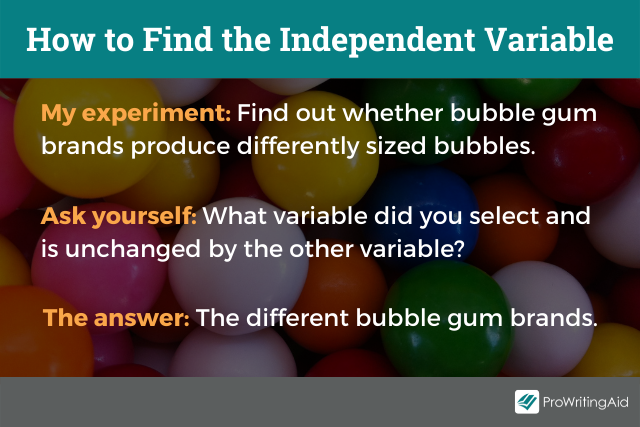
Answer 2: The independent variable is... favorite cereal brands!
Then, the length of time each type of cereal stays crispy (dependent variable) will be measured.
How Can You Identify Independent Variables?
It can take some practice to feel confident in identifying independent and dependent variables. These tips should help you as you practice.
Independent Variable
- “I know!”—the independent variable starts with “I.” It is the variable that is known by the researcher. Put yourself in the researcher’s shoes and remind yourself “I” know what the independent variable’s value is. “I” know I’m using these bubble gum or cereal brands.
- Ask yourself, “What is under the control of the researcher?” The researcher cannot control outcomes or effects, only causes. The independent variable is the cause that produces an effect. The type of bubble gum will produce a bubble of a certain size.

Dependent Variable
- The dependent variable has a value the researcher “Doesn’t know.” When you think “dependent” think d for don’t know. The researcher doesn’t know what size bubble each bubble gum brand will produce.
- Ask yourself, “What is being measured?” Your answer is the dependent variable. In the bubble gum experiment, bubble size is the dependent variable.
The “Write the Hypothesis” Method
Sometimes, writing out the hypothesis of the experiment can help you identify the variables.
Everyone say it with me: a hypothesis is an “educated guess.” Are you getting flashbacks to grade-school science class yet?
The hypothesis shows the cause (independent) and effect (dependent) relationship between the variables, and presents the independent variable first.
A hypothesis is a proposed explanation—a testable prediction—made about the relationship between two variables. It states what you expect to happen in the experiment and is based on some preliminary research.
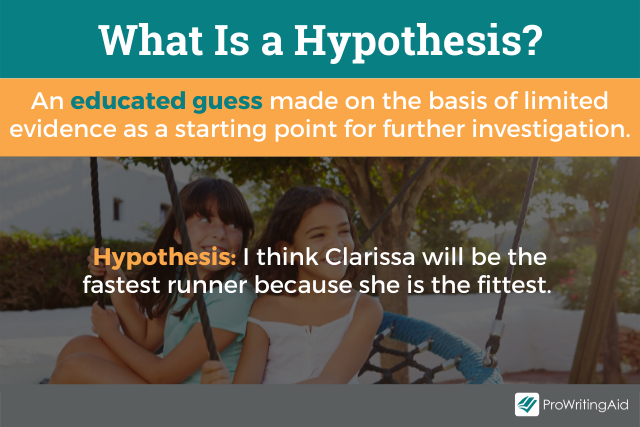
Then, you’ll see if the outcomes of the experiment show that your hypothesis was right or wrong. And if it’s “wrong,” that’s not a bad thing. It’s a discovery—that’s how experiments work.
So let’s go back to bubble gum and cereal (this is the last time, I promise). You’re back in science class and are asked to identify the independent and dependent variables in each of those experiments. Here are your hypothesis options:
Experiment 1:
Bubble size has no effect on bubble gum brands.
Bubble gum brand has no effect on bubble size.
Experiment 2:
How long a cereal stays crispy in milk has an effect on the type of cereal.
The type of cereal has an effect on how long cereal stays crispy in milk.
Notice anything strange in the first statements of each pair?
They don’t make logical sense.
The reason they don’t make sense is that they put the effect in the cause’s place. They put the dependent variable in the “cause” role and the independent variable in the “effect” role, and produce illogical hypotheses (and statements in general).
The second statements in each pair do make sense. They show the cause—effect relationship between the two variables. And since we know that an independent variable comes first in a hypothesis, you can now easily identify it!
Writing a Research Paper?
If you're writing up your research, use ProWritingAid.
When you're explaining your results, it's important to make your writing as easily understood as possible, especially if your experiment was complex. Our editing tool will help you reduce passive voice, remove vague language, improve your sentence length variety, and clear up overused or repeated words and phrases—all of which affect readability.
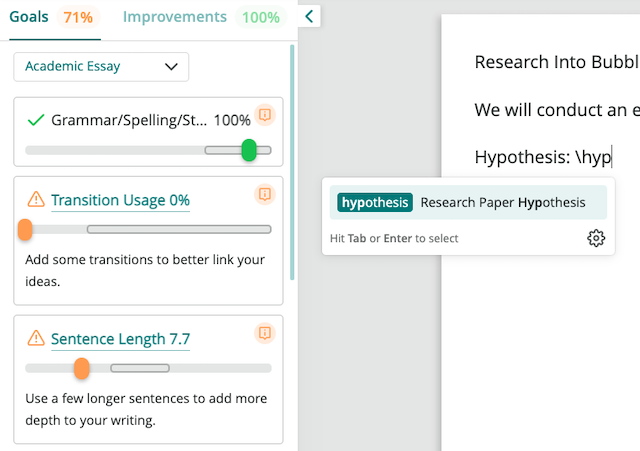
You'll also find a handy text expander tool you can use to save time on typing out your hypothesis and variables repeatedly. Just save them under a shortcut (like /hypothesis), and ProWritingAid will fill in your text.
Try ProWritingAid with a free account.
Can You Have More than One Independent Variable?
Yes. But having more than one independent variable does make an experiment more complex. If you’re just here to work on a science fair project, I would suggest keeping your independent variable amount limited to one.
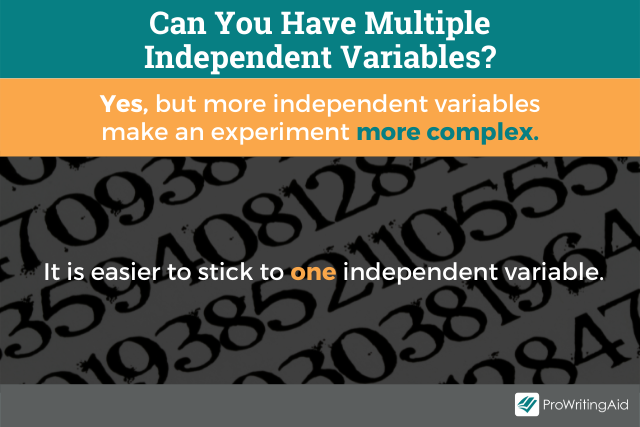
However, studies with more than one independent variable, when conducted by experts, often produce rich, layered, useful discoveries.
For example, we’ve heard a lot about vaccine trials, especially since 2020. Researchers usually carry these trials out in stages, looking at the efficacy of the vaccine on different populations. These populations often vary by age.
In these trials, the vaccine itself (the administration of it) is one independent variable, and another is age. Now researchers can see not just how effective the vaccine is, but how effective it is for people in different age groups.
You might be thinking, “but a person’s age can’t be controlled by a researcher.” And you’re right. However, in this case, the researchers purposefully select subjects within certain age groups, thus controlling or manipulating it as an independent variable.
Additionally, studies with more than one independent variable allow researchers to observe and measure interactions between, or among (if you have more than two), independent variables.
Are There Other Types of Variables?
There are! And they can influence the validity of an experiment, so it’s important to recognize them.
Control Variables
A control variable is something that is not measured in an experiment. It’s not the independent or dependent variable, but its existence can affect the outcome of the experiment.
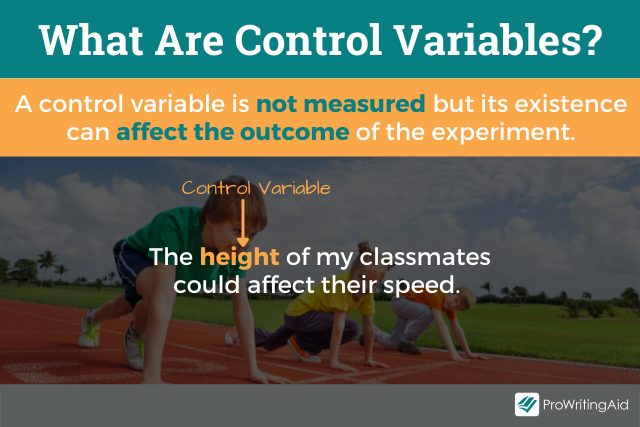
For example, let’s say you’re conducting a study on whether a particular exercise program affects weight loss.
QUICK! What are the independent and dependent variables?
(IV = exercise program; DV = weight loss)
A pretty straightforward experiment, it seems.
But what if the participants have different eating habits? That’s just one of potentially many variables that have to be controlled for. How can that happen?
Well, the researcher can give guidelines for calorie and food consumption, or require participants to keep a food journal so that their diets can be accounted for when it comes time to analyze the results of the study.
Confounding or Extraneous Variables
Confounding variables, also called extraneous variables, affect the relationship between the independent and dependent variables. They are variables the researcher did not control for and, as a result, have confounded, confused, or distorted the results.
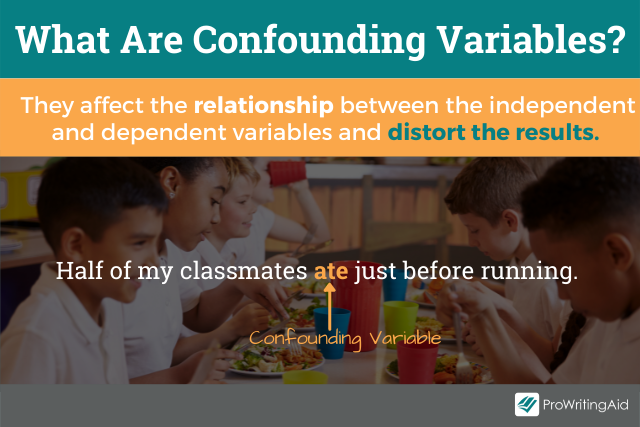
These variables affect the validity of the experiment, which is why it is so important for the researchers to identify the confounders and control for them before starting their study.
Can you predict some confounding variables for this study? Here’s the hypothesis:
Cell phone use before bedtime affects sleep.
The independent variable is the amount of time the subjects use their phones before going to bed.
The dependent variable is how many hours of quality sleep the subjects get.
Any ideas?
I’ve got a couple, though they don’t represent all of them, I’m sure.
Potential confounding variables
Caffeine consumption
Sleep environment
Either of those variables could distort the results of the study if not controlled for.
Do You Want More Practice?
If you’d like a little more practice, read through this study on depression treatments, these classic (and disturbing) psychology experiments, and these studies on education-related issues.
For each study, ask yourself:
- What is under the control of the researcher? That’s your independent variable.
- What is being measured? That’s your dependent variable.
To check your answers, write out your hypothesis with the independent variable first. If your hypothesis shows that logical cause—effect relationship, you’ve gotten your variables right. If the hypothesis doesn’t make sense, give the study another look and try again!


